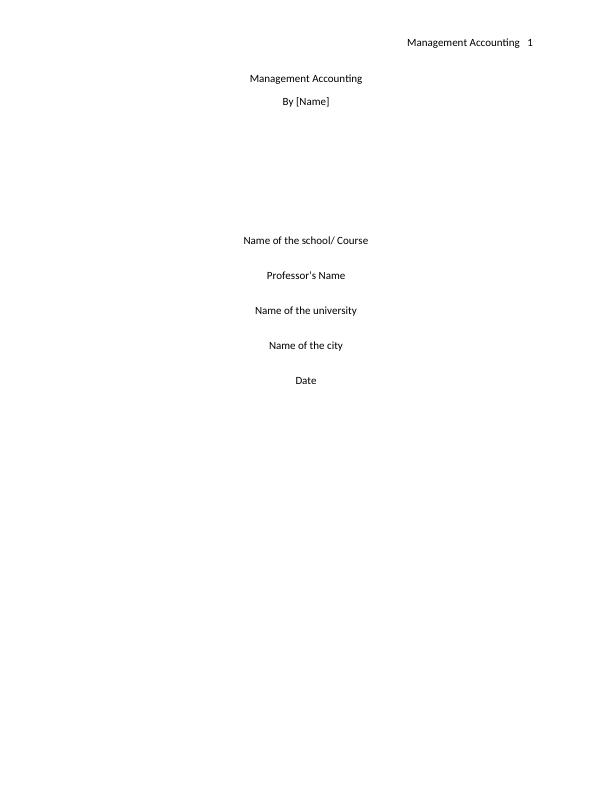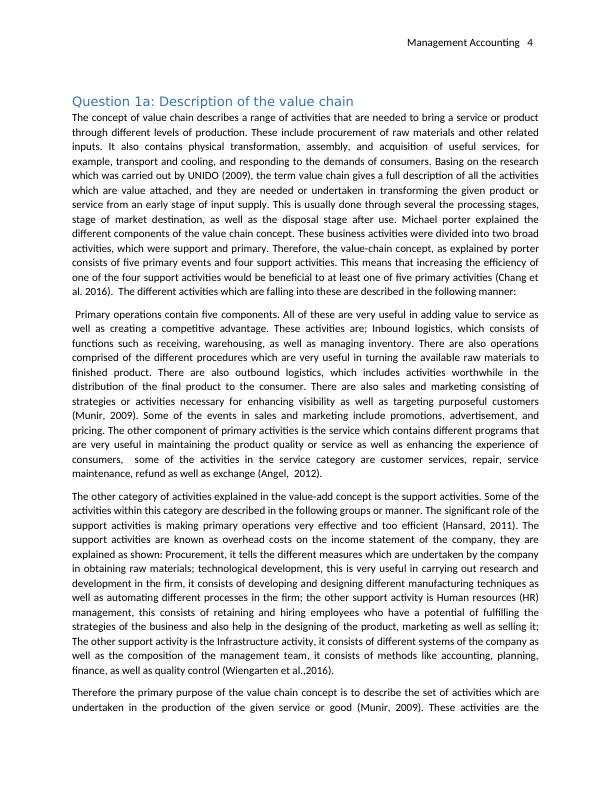Value Chain Concept and its Application in Telstra Telecommunication Company
Demonstrate ability to apply knowledge of cost concepts to various costing systems and critically evaluate and use accounting information for decision-making and achievement of business goals.
13 Pages3838 Words93 Views
Added on 2023-03-23
About This Document
The report describes the Value Chain concept and its application in Telstra, the largest telecommunication company in Australia. It explains how the concept is useful in the development of the organization and analyzes Telstra's competitive advantage and value-adding processes.
Value Chain Concept and its Application in Telstra Telecommunication Company
Demonstrate ability to apply knowledge of cost concepts to various costing systems and critically evaluate and use accounting information for decision-making and achievement of business goals.
Added on 2023-03-23
ShareRelated Documents
End of preview
Want to access all the pages? Upload your documents or become a member.
Value Chain Analysis and Cost Allocation using ABC Approach for A2 Milk Company
|15
|4270
|342
Value Chain Concept and Competitive Advantage: A Case Study of Challenger Limited
|21
|4730
|454
Management Accounting : Sample Assignment
|15
|4341
|45
Value Chain Analysis of Telstra: Operational Efficiency and Customer Relationships
|13
|1422
|54
Value Chain Analysis of Domino's Pizza Company
|16
|4681
|37
Management Accounting: Value Chain Concept and Cost Allocation
|17
|4423
|351




